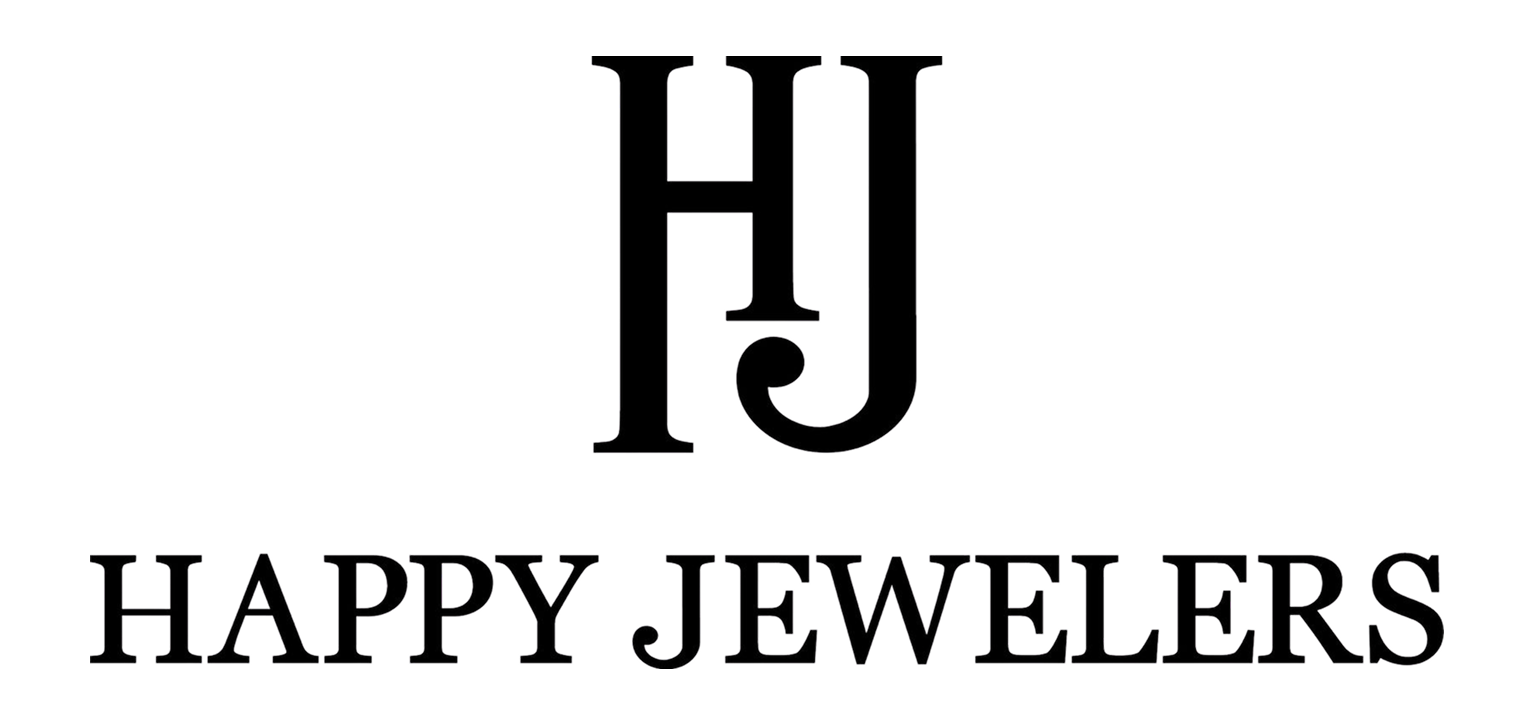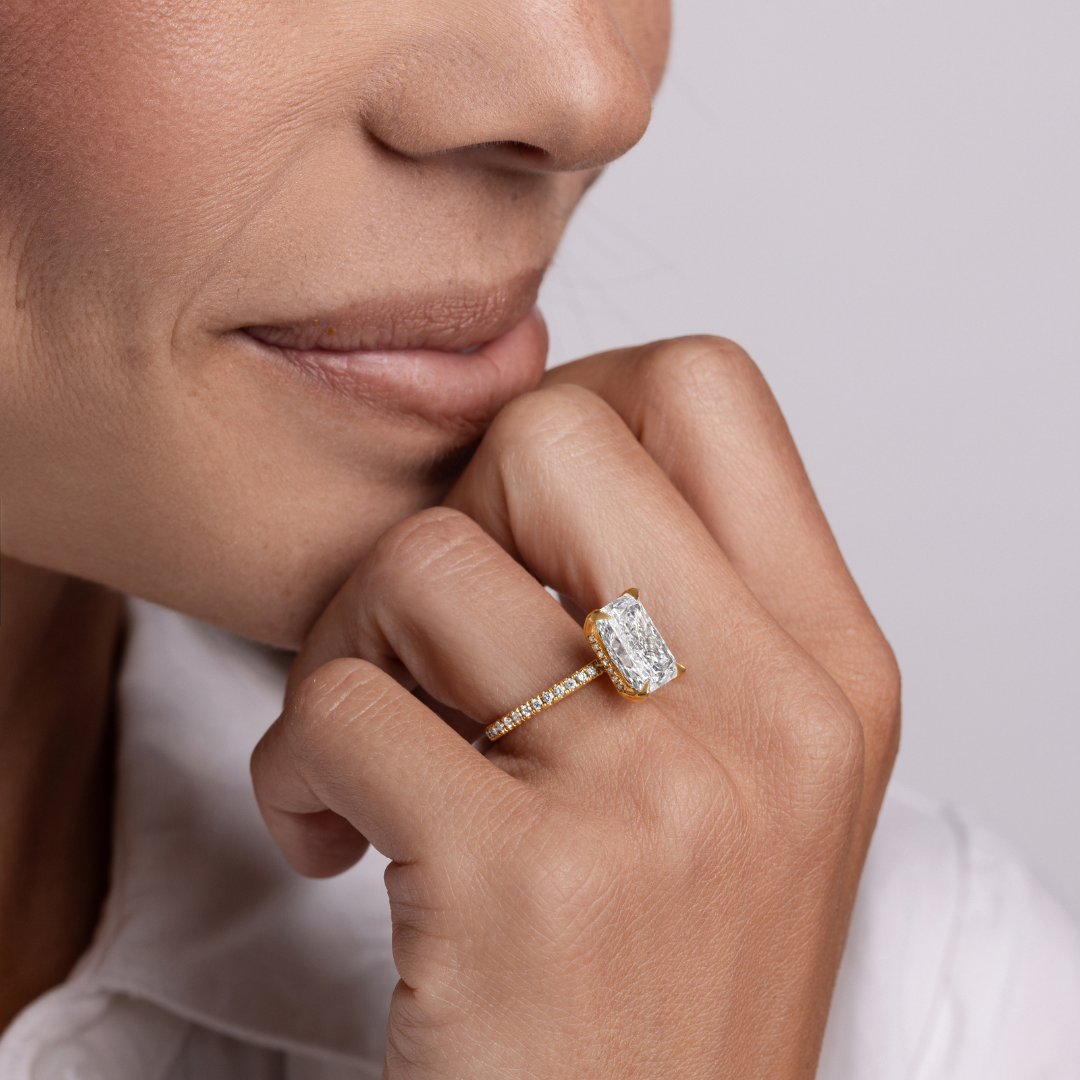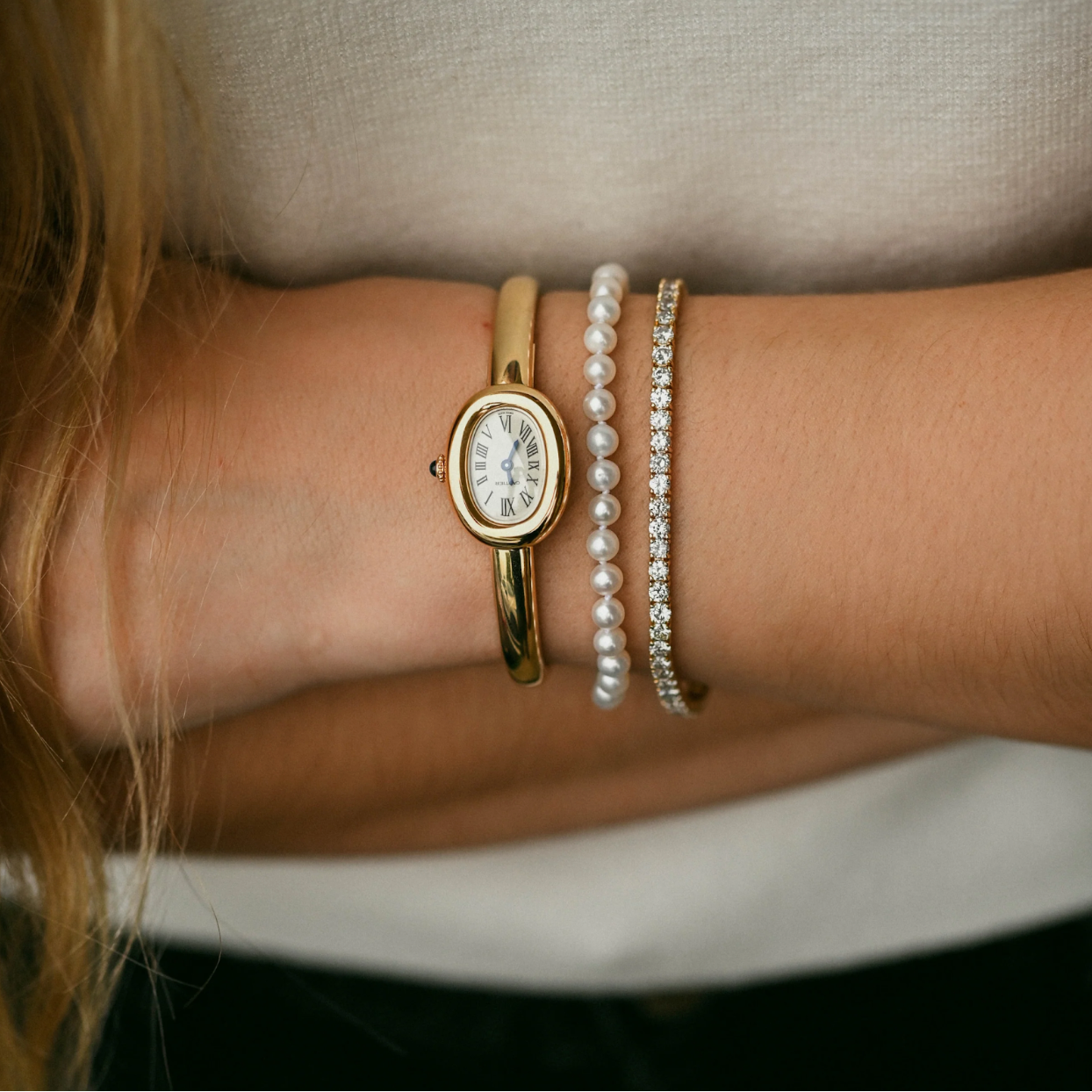Finding the perfect ring starts with one essential step: knowing your correct ring size. Whether shopping for yourself or planning a surprise proposal, the ring's fit is as important as its design. A ring that's too tight can be uncomfortable and challenging to remove, while a loose ring may fall off and get lost.
In this article, we’ll walk you through how to measure your ring size with accuracy and ease. You’ll also learn the best times to measure, how different conditions affect sizing, and what to do if your measurement falls between two sizes. This guide is designed to help you find a perfect fit every time you shop at Happy Jewelers.
Why Accurate Ring Sizing Matters
Wearing a ring that fits properly ensures comfort, security, and long-term wearability. Rings that are too snug can cause swelling, discomfort, or even become stuck. On the other hand, rings that are too large can spin or slide off your finger without notice.
Accurate sizing is especially critical for daily rings, such as wedding bands and engagement rings. When measured correctly, the ring should slide on easily and come off with a bit of resistance at the knuckle.
Additionally, ring resizing can be costly or even impossible, depending on the design, so getting it right the first time is important.
How to Measure Your Ring Size at Home
You can estimate your ring size using a few simple techniques at home, using household materials or digital tools.
The String or Paper Method
This is one of the easiest ways to measure your finger without special tools.
- Cut a thin strip of paper or use a non-stretchy piece of string.
- Wrap it around the base of your finger.
- Mark the point where the ends overlap.
- Lay the string or paper flat and measure the length in millimeters.
- Use a standard ring size chart to determine your size based on the circumference.
This method is a great starting point, but results may vary depending on how tightly or loosely the string is wrapped. Always repeat the process two to three times for consistency.
Use a Printable Ring Sizer
Many jewelry retailers offer downloadable ring sizer charts that you can print at home. Make sure your printer settings are set to 100 percent scale for accuracy. You can wrap the cut-out sizer around your finger or place an existing ring on the chart to compare inner diameters.
Measure an Existing Ring
If you already have a ring that fits the intended finger well, measure the internal diameter with a ruler in millimeters. Compare this measurement to a ring size conversion chart. This is often one of the most reliable methods when buying a ring for someone else.
Professional Sizing Options
Although home methods are convenient, visiting a professional jeweler will provide the most accurate measurement. In-store, jewelers use calibrated tools such as metal ring sizers and mandrels to determine the exact fit.
Professional sizing also accounts for factors like knuckle width, ring band thickness, and even swelling due to temperature. At Happy Jewelers, we offer complimentary sizing services to help you confidently select the perfect ring.
Key Tips for the Most Accurate Measurement
To get the most accurate ring size, consider the following expert tips:
- Measure your finger at the end of the day when it is naturally the largest due to mild swelling.
- Ensure your hands are at a normal, warm temperature since cold weather can shrink finger size.
- Avoid measuring after consuming salty food, during high humidity, or after physical activity, which can cause swelling.
- If your knuckle is significantly wider than the base of your finger, measure both areas and select a size that comfortably slides over your knuckle without being too loose at the base.
- Re-measure a few times across different days and times to find the average.
Understanding International Ring Size Differences
Ring sizes vary depending on the country or region. The United States and Canada use a numerical scale starting from size 3, while the United Kingdom uses alphabetical letters. European sizes are based on the inner circumference of the ring in millimeters.
Below is a sample conversion chart:
|
Inner Diameter (mm) |
US Size |
UK Size |
EU Size |
|---|---|---|---|
|
16.5 |
6 |
L 1/2 |
52 |
|
17.3 |
7 |
N |
54 |
|
18.1 |
8 |
P |
57 |
|
19.0 |
9 |
R |
60 |
Happy Jewelers provides an international sizing chart on our website to help you choose the correct fit, no matter where you are ordering.
What to Do if You Are Between Sizes
Sometimes, your measurement may fall between two standard ring sizes. In such cases, it is generally advisable to choose the larger size, especially if the ring has a wider band, as wider rings can feel tighter on the finger.
Alternatively, you can add sizing beads or a ring guard to slightly adjust the fit without permanent alterations.
Common Misconceptions About Ring Sizing
Several myths can mislead buyers about ring sizing, including the following:
- My finger size never changes: In reality, age, weight fluctuations, and weather conditions can all affect finger size over time.
- All fingers are the same size: Even on the same hand, your fingers can vary in size, especially between the dominant and non-dominant hand.
- One ring size fits all styles: Wider bands may need a larger size for comfort, while narrow bands may fit tighter.
Regular resizing checks are essential, particularly if investing in valuable or custom jewelry.
Conclusion
Finding the correct ring size is one of the most important steps when shopping for jewelry. Whether you use a string, a printable sizer, an existing ring, or professional tools, the goal is to ensure your ring fits securely and comfortably.
At Happy Jewelers, we want every customer to feel confident when selecting a piece of jewelry. That is why we offer helpful resources and expert assistance in determining your perfect ring size. Don’t let sizing uncertainty hold you back from owning a piece you love.
Visit our store to get professionally measured today. With the correct ring size, your jewelry will not only look beautiful but also feel perfect.






Share:
Choosing the Right Necklace Size
May Birthstone